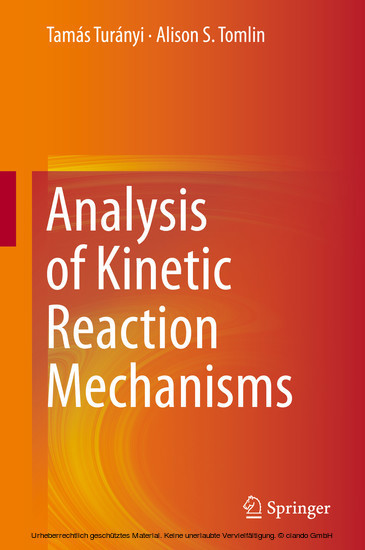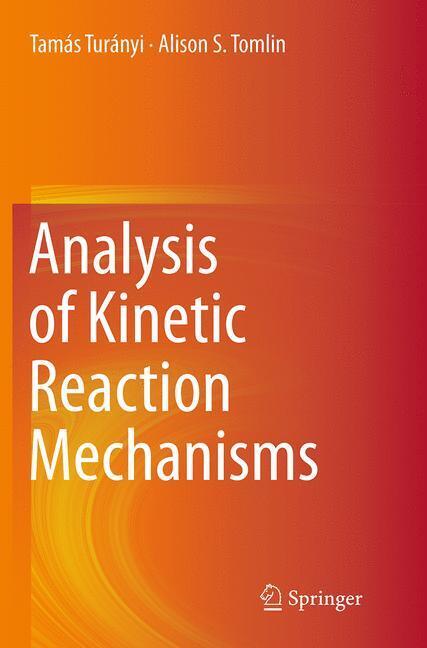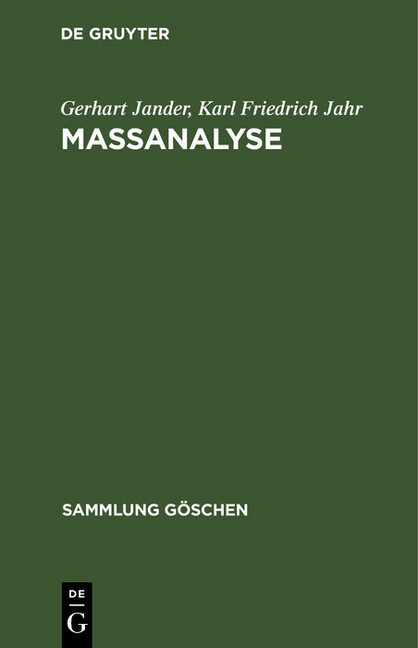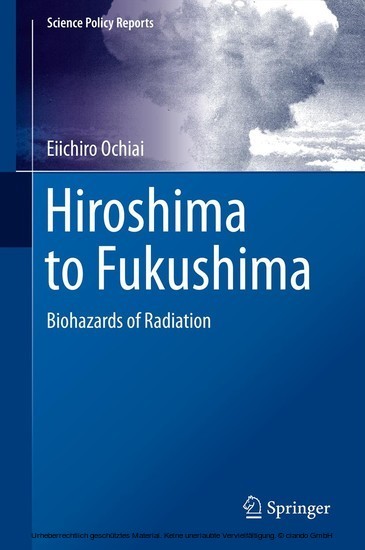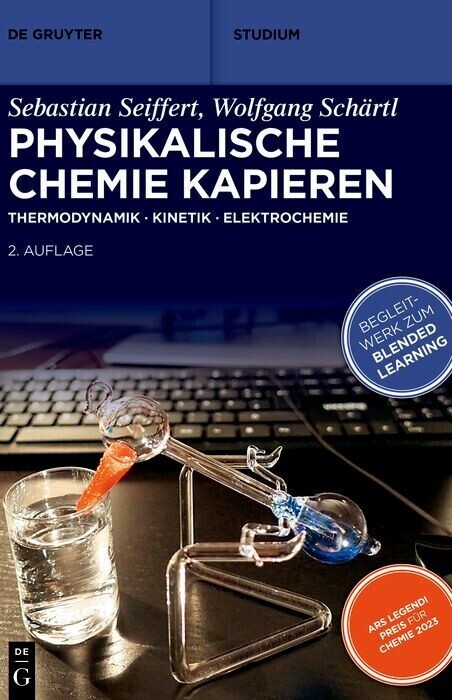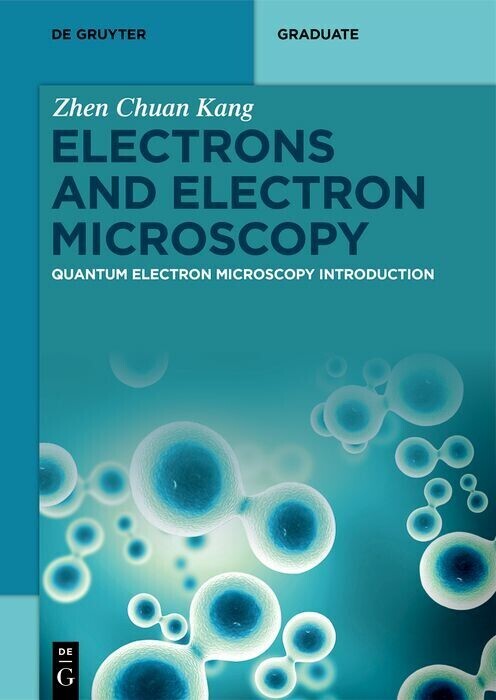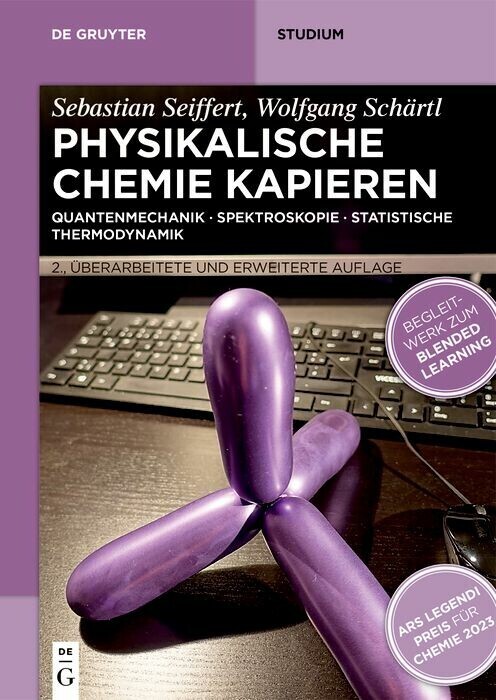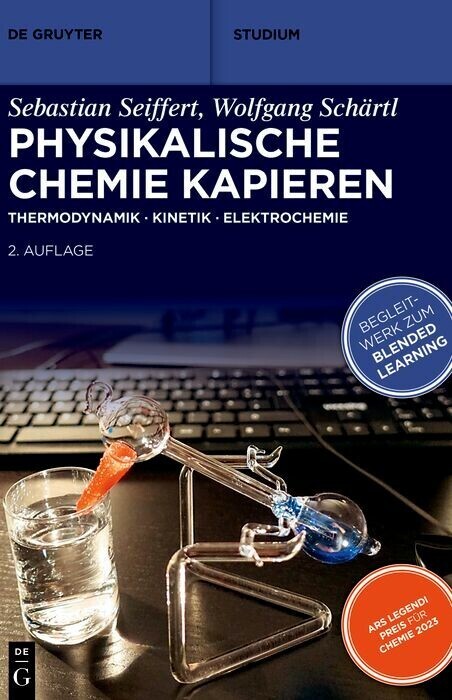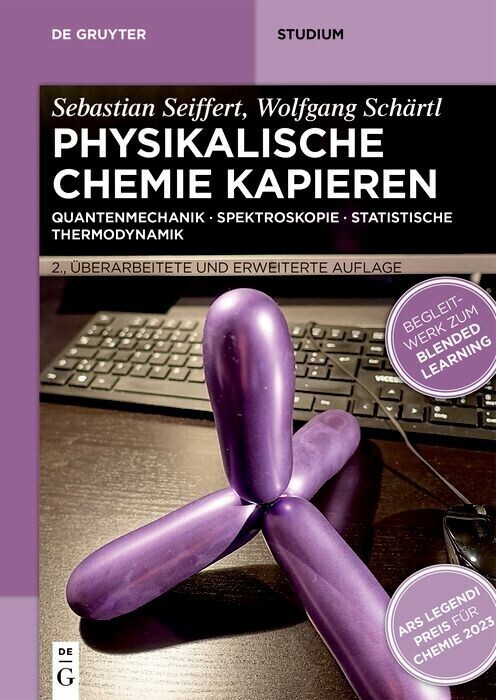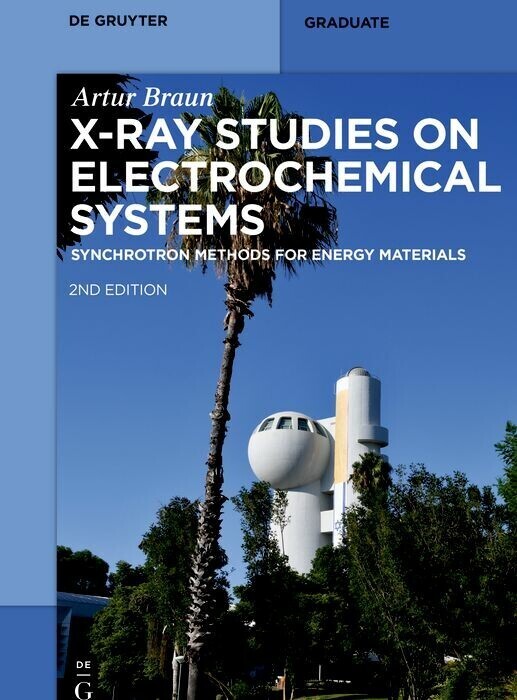Analysis of Kinetic Reaction Mechanisms
Chemical processes in many fields of science and technology, including combustion, atmospheric chemistry, environmental modelling, process engineering, and systems biology, can be described by detailed reaction mechanisms consisting of numerous reaction steps. This book describes methods for the analysis of reaction mechanisms that are applicable in all these fields. Topics addressed include: how sensitivity and uncertainty analyses allow the calculation of the overall uncertainty of simulation results and the identification of the most important input parameters, the ways in which mechanisms can be reduced without losing important kinetic and dynamic detail, and the application of reduced models for more accurate engineering optimizations. This monograph is invaluable for researchers and engineers dealing with detailed reaction mechanisms, but is also useful for graduate students of related courses in chemistry, mechanical engineering, energy and environmental science and biology.
1;Contents;6 2;Chapter 1: Introduction;11 2.1;References;13 3;Chapter 2: Reaction Kinetics Basics;15 3.1;2.1 Stoichiometry and Reaction Rate;15 3.1.1;2.1.1 Reaction Stoichiometry;15 3.1.2;2.1.2 Molecularity of an Elementary Reaction;19 3.1.3;2.1.3 Mass Action Kinetics and Chemical Rate Equations;20 3.1.4;2.1.4 Examples;24 3.2;2.2 Parameterising Rate Coefficients;28 3.2.1;2.2.1 Temperature Dependence of Rate Coefficients;28 3.2.2;2.2.2 Pressure Dependence of Rate Coefficients;30 3.2.3;2.2.3 Reversible Reaction Steps;36 3.3;2.3 Basic Simplification Principles in Reaction Kinetics;38 3.3.1;2.3.1 The Pool Chemical Approximation;38 3.3.2;2.3.2 The Pre-equilibrium Approximation;39 3.3.3;2.3.3 Rate-Determining Step;40 3.3.4;2.3.4 The Quasi-Steady-State Approximation (QSSA);40 3.3.5;2.3.5 Conserved Properties;42 3.3.6;2.3.6 Lumping of Reaction Steps;43 3.4;References;44 4;Chapter 3: Mechanism Construction and the Sources of Data;48 4.1;3.1 Automatic Mechanism Generation;48 4.2;3.2 Data Sources;55 4.3;References;57 5;Chapter 4: Reaction Pathway Analysis;62 5.1;4.1 Species Conversion Pathways;62 5.2;4.2 Pathways Leading to the Consumption or Production of a Species;65 5.3;References;68 6;Chapter 5: Sensitivity and Uncertainty Analyses;70 6.1;5.1 Introduction;70 6.2;5.2 Local Sensitivity Analysis;72 6.2.1;5.2.1 Basic Equations;72 6.2.2;5.2.2 The Brute Force Method;75 6.2.3;5.2.3 The Green Function Method;76 6.2.4;5.2.4 The Decoupled Direct Method;77 6.2.5;5.2.5 Automatic Differentiation;78 6.2.6;5.2.6 Application to Oscillating Systems;79 6.3;5.3 Principal Component Analysis of the Sensitivity Matrix;80 6.4;5.4 Local Uncertainty Analysis;83 6.5;5.5 Global Uncertainty Analysis;84 6.5.1;5.5.1 Morris Screening Method;85 6.5.2;5.5.2 Global Uncertainty Analysis Using Sampling-Based Methods;88 6.5.3;5.5.3 Sensitivity Indices;95 6.5.4;5.5.4 Fourier Amplitude Sensitivity Test;97 6.5.5;5.5.5 Response Surface Methods;99 6.5.5.1;5.5.5.1 Gaussian Process Emulator Methods;101 6.5.5.2;5.5.5.2 Polynomial Chaos Expansion Methods;101 6.5.5.3;5.5.5.3 High-Dimensional Model Representation Methods;104 6.5.6;5.5.6 Moment-Independent Global Sensitivity Analysis Methods;109 6.6;5.6 Uncertainty Analysis of Gas Kinetic Models;110 6.6.1;5.6.1 Uncertainty of the Rate Coefficients;111 6.6.2;5.6.2 Characterisation of the Uncertainty of the Arrhenius Parameters;115 6.6.3;5.6.3 Local Uncertainty Analysis of Reaction Kinetic Models;120 6.6.4;5.6.4 Examples of the Application of Uncertainty Analysis to Methane Flame Models;123 6.6.5;5.6.5 Applications of Response Surface Techniques to Uncertainty Analysis in Gas Kinetic Models;128 6.6.6;5.6.6 Handling Correlated Inputs Within Global Uncertainty and Sensitivity Studies;132 6.7;5.7 Uncertainty Analysis in Systems Biology;133 6.8;Uncertainty Analysis: General Conclusions;137 6.9;References;142 7;Chapter 6: Timescale Analysis;154 7.1;6.1 Introduction;154 7.2;6.2 Species Lifetimes and Timescales;155 7.3;6.3 Application of Perturbation Theory to Chemical Kinetic Systems;161 7.4;6.4 Computational Singular Perturbation Theory;169 7.5;6.5 Slow Manifolds in the Space of Variables;172 7.6;6.6 Timescales in Reactive Flow Models;178 7.7;6.7 Stiffness of Reaction Kinetic Models;180 7.8;6.8 Operator Splitting and Stiffness;184 7.9;References;186 8;Chapter 7: Reduction of Reaction Mechanisms;192 8.1;7.1 Introduction;193 8.2;7.2 Reaction Rate and Jacobian-Based Methods for Species Removal;194 8.2.1;7.2.1 Species Removal via the Inspection of Rates;194 8.2.2;7.2.2 Species Elimination via Trial and Error;195 8.2.3;7.2.3 Connectivity Method: Connections Between the Species Defined by the Jacobian;196 8.2.4;7.2.4 Simulation Error Minimization Connectivity Method;197 8.3;7.3 Identification of Redundant Reaction Steps Using Rate-of-Production and Sensitivity Methods;198 8.4;7.4 Identification of Redundant Reaction Steps Based on Entropy Production;201 8.5;7.5 Graph-Based Methods;202 8.5.1;7.5.1 Directed Relation Graph Method;202 8.5.2;7.5.2 D
Turányi, Tamás
Tomlin, Alison S.
| ISBN | 9783662445624 |
|---|---|
| Artikelnummer | 9783662445624 |
| Medientyp | E-Book - PDF |
| Auflage | 2. Aufl. |
| Copyrightjahr | 2014 |
| Verlag | Springer-Verlag |
| Umfang | 369 Seiten |
| Sprache | Englisch |
| Kopierschutz | Digitales Wasserzeichen |

